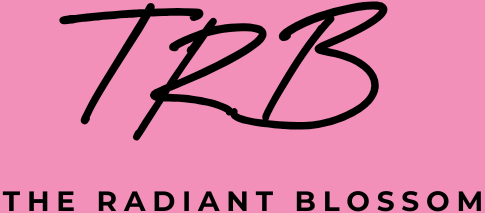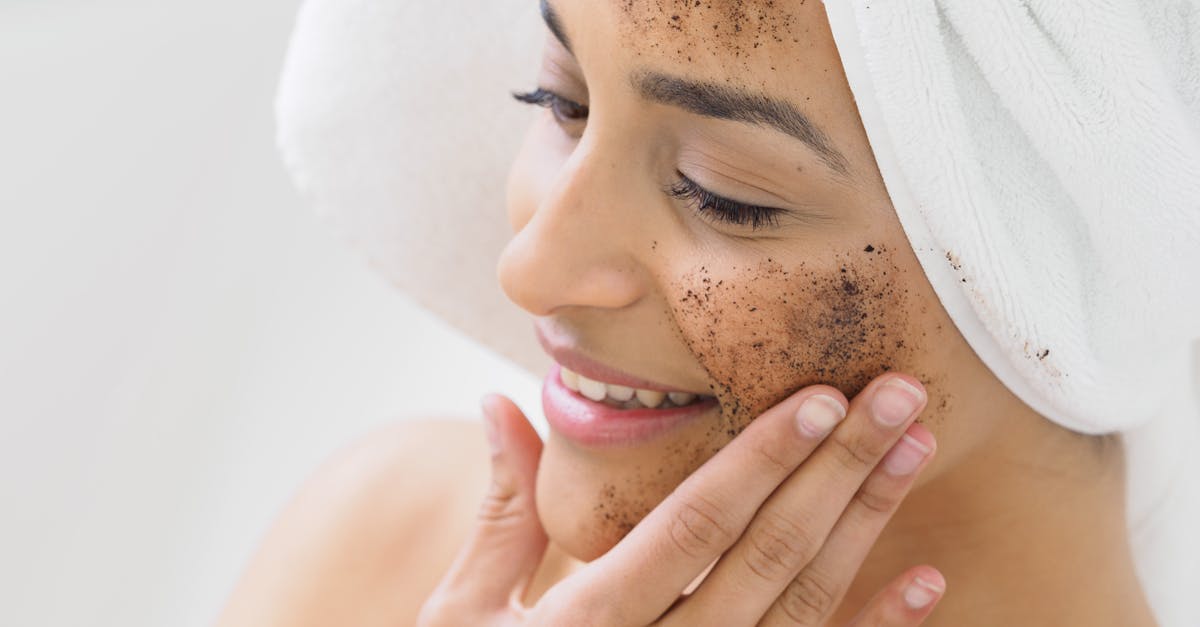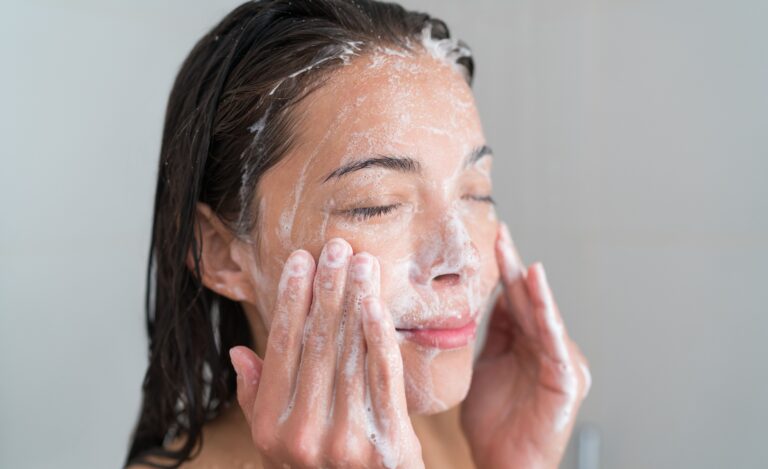Exfoliation is a key step in any skincare routine, helping to remove dead skin cells and reveal a brighter, smoother complexion. But with so many exfoliating products on the market, how do you know which one is right for you? This guide breaks down the differences between physical and chemical exfoliation to help you make an informed choice.
Why Exfoliation Matters
Our skin naturally sheds dead cells, but sometimes it needs a little help. Regular exfoliation can:
✔ Improve skin texture and smoothness
✔ Brighten dull skin
✔ Prevent clogged pores and breakouts
✔ Enhance the absorption of skincare products
✔ Even out skin tone and reduce hyperpigmentation
However, over-exfoliating can damage the skin barrier, leading to irritation and sensitivity, so it’s essential to choose the right method and frequency for your skin type.
What Is Physical Exfoliation?
Physical exfoliation involves using scrubs, brushes, or exfoliating tools to manually remove dead skin cells.
Common Types of Physical Exfoliants
- Scrubs: Contain granules like sugar, salt, or crushed walnut shells.
- Exfoliating brushes/sponges: Help buff away dead skin.
- Konjac sponges: A gentler option made from plant fibers.
- Dermaplaning: Uses a small blade to remove peach fuzz and dead skin.
Pros & Cons
✔ Provides instant results with smoother skin
✔ Simple to use and widely available
✔ Good for body exfoliation (elbows, knees, feet)
❌ Can be too harsh for sensitive skin
❌ May cause micro-tears if using rough particles
❌ Not always ideal for acne-prone skin
What Is Chemical Exfoliation?
Chemical exfoliation uses acids or enzymes to dissolve dead skin cells without scrubbing.
Types of Chemical Exfoliants
- AHAs (Alpha Hydroxy Acids) – Best for dry & dull skin
- Glycolic acid (deep exfoliation, good for aging skin)
- Lactic acid (gentler, great for hydration)
- BHAs (Beta Hydroxy Acids) – Best for oily & acne-prone skin
- Salicylic acid (penetrates pores to clear out oil and bacteria)
- PHAs (Polyhydroxy Acids) – Best for sensitive skin
- Gluconolactone (mild exfoliation with added hydration)
- Enzymes (Papaya, Pineapple, Pumpkin) – Best for gentle exfoliation
- Derived from fruit, enzyme exfoliants help break down dead skin cells naturally.
Pros & Cons
✔ More even and controlled exfoliation
✔ Less risk of physical irritation
✔ Can target specific skin concerns like acne, dullness, and aging
❌ May cause initial purging (temporary breakouts)
❌ Can be irritating if overused or not introduced gradually
❌ Requires sun protection (some acids increase sun sensitivity)
Which Exfoliation Method Is Right for You?
| Skin Type | Best Exfoliation Method |
| Sensitive Skin | PHA or enzyme exfoliants, gentle physical scrubs |
| Dry Skin | AHAs (lactic acid) for hydration |
| Oily/Acne-Prone | BHAs (salicylic acid) for deep pore cleansing |
| Combination Skin | A mix of AHAs and BHAs or occasional gentle scrubs |
| Mature Skin | Glycolic acid for anti-aging benefits |
How Often Should You Exfoliate?
- Physical exfoliation: 1-2 times per week (avoid over-scrubbing)
- Chemical exfoliation: 2-3 times per week (introduce gradually)
- Sensitive skin: Once per week with a gentle exfoliant
- Acne-prone skin: BHAs can be used more frequently, but monitor for irritation
Final Thoughts
Both physical and chemical exfoliation have their benefits, and choosing the right one depends on your skin type and concerns. If you’re new to exfoliation, start slow and listen to your skin. Over-exfoliating can cause more harm than good, so always follow up with a good moisturizer and SPF.
Do you prefer physical or chemical exfoliation? Share your experience in the comments!




